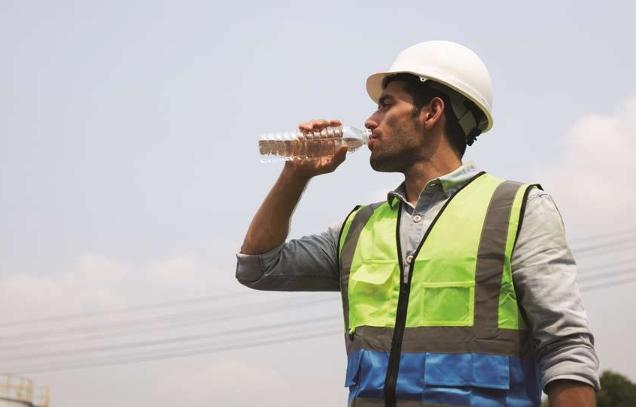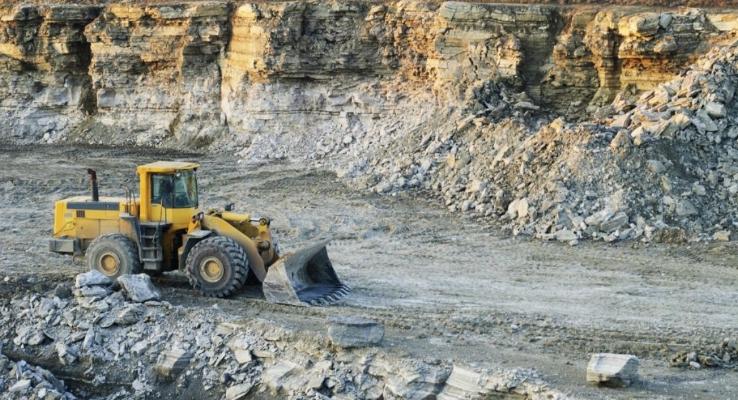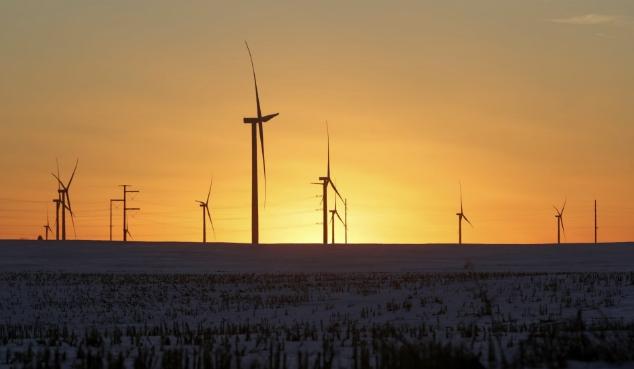The US construction sector has been riding a wave of strong performance, backed by government support and amplified by growth in sectors like infrastructure and sustainability. Construction equipment sales hit record levels last year, and while a dip is expected in 2023, the anticipated sales figures remain impressive.
A Focus on Infrastructure

Even as equipment volumes are predicted to decline, a shift towards infrastructure signifies that the sales of heavier, higher-value equipment will sustain revenue growth in the sector. The implementation of government acts like the Infrastructure Investment and Jobs Act (IIJA), Inflation Reduction Act (IRA), and CHIPS Act have proven beneficial.
Since the close of 2021:
- Real manufacturing construction spending has doubled.
- This surge is viewed as a uniquely American trend.
- However, the industry is contending with a persistent worker shortage.
Construction employment increased in 226 out of 358 metro areas between July 2022 and 2023. Yet, there were 378,000 unfilled job openings in construction at the end of July.
“Demand for construction projects remains strong nationwide and most metros have continued to add construction jobs in the past year,” noted Ken Simonson, the association’s chief economist. “But there were 378,000 unfilled job openings in construction at the end of July, which suggests that even more markets would have posted year-over-year employment increases if there were enough qualified workers to fill the openings.”
Bridging the Gap
The nation’s ageing infrastructure demands attention and investment. The ARTBA analysis reveals a need for significant repairs and replacements.
Some key statistics include:
- One in three bridges need repair or replacement.
- Over 222,000 bridges need major repair work or replacement, comprising about 36% of all US bridges.
- Nearly 42,400 are rated in poor condition and classified as “structurally deficient,” with these bridges being crossed 167 million times daily.
- The estimated cost to address all needed repairs exceeds $319 billion.
Cutting Carbon Footprint

As climate change becomes a pressing issue, the construction sector finds itself at the center of carbon reduction efforts. The California Building Standards Commission has amended building codes to limit embodied carbon emissions in commercial and school buildings, taking a giant leap in the climate action movement.
“This action is a real catalyst for change that will push the industry forward in rapidly addressing the growing climate emergency,” commented William Leddy, AIA California Vice President of Climate Action.
The Heat is On

In the backdrop of escalating global temperatures, a controversial law in Texas aiming to prohibit cities and counties from enforcing local ordinances, including mandatory water breaks for construction workers, has been ruled unconstitutional.
Despite the prevailing challenges, the US economy is eyeing a positive trajectory, with construction playing a pivotal role. Predictions point towards a GDP growth of 1.8%-2.2% in 2023 and 1.2%-1.4% in 2024. Oxford Economics forecasts a near 30% growth in US construction work over the next 15 years, painting a picture of robust health and progressive momentum in the sector.



